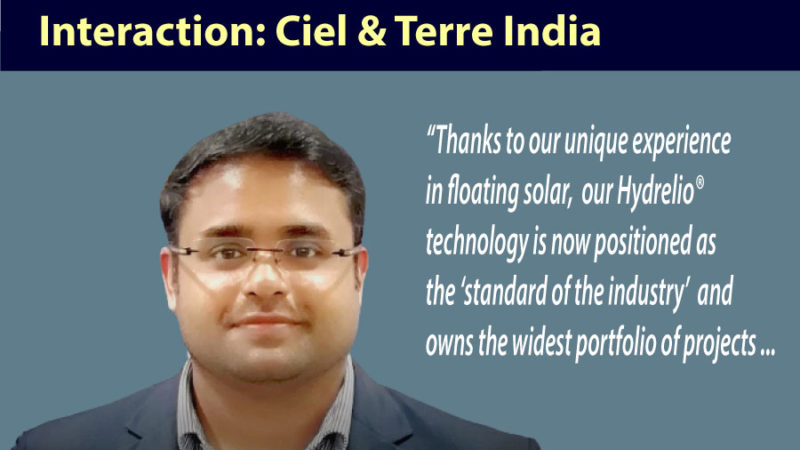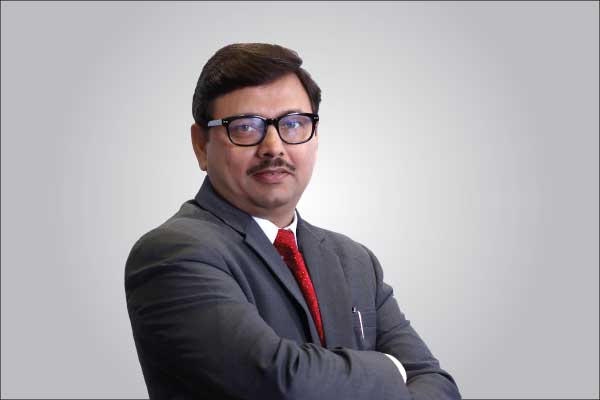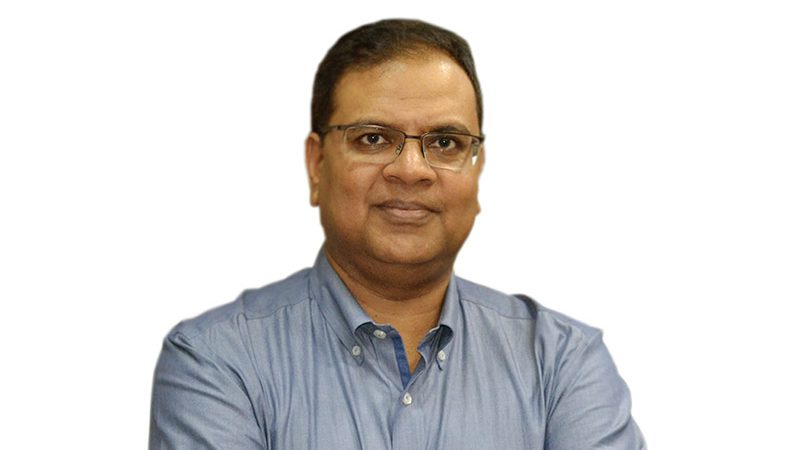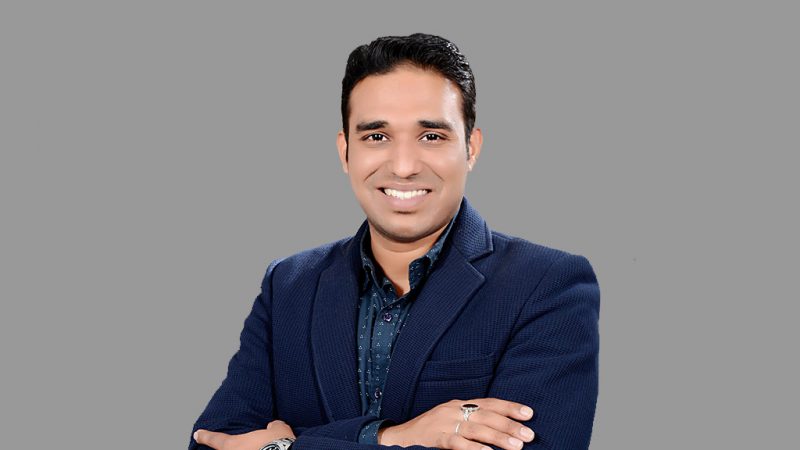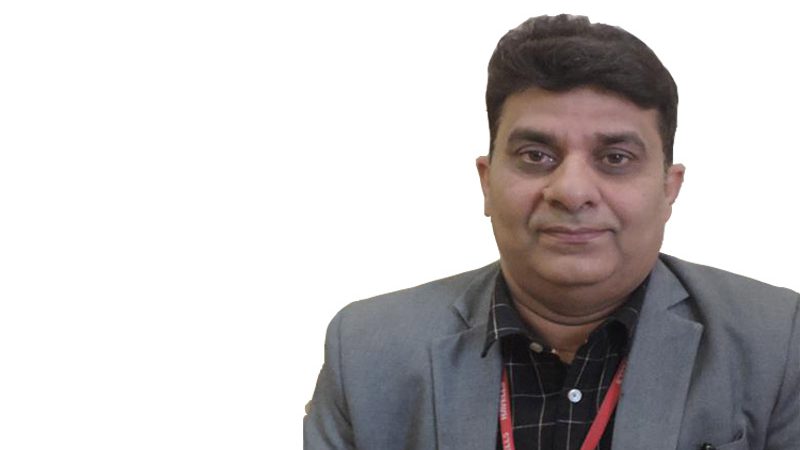Interview – Sunil Badesra, Head Business Development – Sungrow India
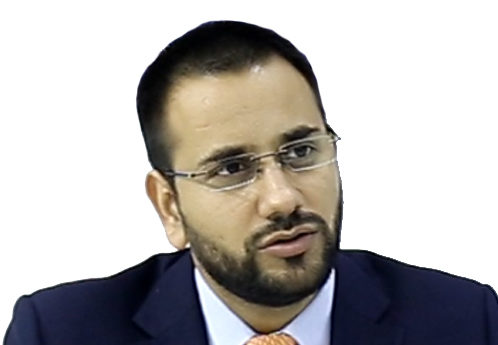
Power Insight: Please share your perspectives on the Indian solar power sector? What is your take on India achieving its 100 GW by 2022 solar target?
Sunil Badesra: Solar has become one of the least expensive options for new power generation so Indian Solar market has huge potential and sustained economic growth will keep on driving the Solar demand in future also. Solar installations in India has taken 8-9 years to reach 27GW this year which is just 27% of the 100GW Target set by central government to be achieved by 2022 so big scope is there in future. We see India as a big potential market and export hub as well to target regions like Bangladesh, Sri Lanka, USA, Middle East, etc. Considering this potential and growth in Indian market, SUNGROW aim is to support “Make in India” initiative of government and in the process to supply suitable products to make dream of 100GW Solar Power by 2022 a reality.
Power Insight: Could you throw some light on the impact of imposed safeguard duty on your business as well as the overall solar segment? Alternatively, what can be done to promote domestic manufacturing?
Sunil Badesra: Imposing of Safeguard duty on PV modules doesn’t have direct impact on Inverter suppliers however EPC/IPPs still expect to get this amount compensated through other components of Solar Projects and Inverter is one of those components.
Since India has different policies as compared to China, it takes a lot to setup the manufacturing lines and testing facility here in India so to promote domestic manufacturing, policies need to be more simpler and friendly.
Power Insight: How do you see the equipment price movements from here – over the next few years?
Sunil Badesra: No doubt continuous drop in tariff is putting a pressure on Developers and EPC’s however at the same time when Developers and EPCs select solar components they have to consider that the plant has to operate and produce power for 25 years. Choosing a cheap Inverter is never a solution to execute any project with lower tariff but customers need to think of the solutions which can optimize their project cost by giving saving in overall project cost and make the project viable. Sungrow is one of the few companies who manufactures both central and string inverters. Innovation is our strength, we believe in adding value to our customers. We are working on constant development of our product and recently we have come up with a concept of virtual central inverter which has been success in US and Europe and also the biggest block of the solar Industry i.e. 12.5MW.
Power Insight: What are some of the biggest challenges faced by the solar power segment in India? Also could you pin point to the policy and regulatory gaps that need urgent attention in the solar power segment?
Sunil Badesra: The major challenge which Solar industry has faced in last couple of years is the uncertainty in the mind of developers and EPC’s due to tax, duty and BIS confusion which has impacted the Solar market. Many experts of this industry were not clear initially when GST was implemented that solar components will come in which category and now same is happening with Antidumping and Safeguard duty. If we talk of rooftop segment then still implementation of projects that included getting roof and providing subsidized solar products to end user is a big challenge. We are hoping for clearer policies and guidelines to encourage suppliers/ developers to see a strong potential in future as well.
Power Insight: What are your views on the current solar tariff levels under prevailing scenario of newly imposed safeguard duties, falling rupee value and uncertainty over GST? Do you feel the falling tariffs will have an impact on the quality of solar projects?
Sunil Badesra: Current Solar market is looking towards cost optimization in projects due to all these challenges for which Inverter is going to play a vital role. Now prices of solar components have reached at a level where further drop will kill the Solar market on longer run so only option left to make these low tariff projects viable is to choose the best technology which can optimize the overall project cost. In 2015, when Sungrow launched 2.5MW Containerized Inverter solution for the first time in India and proposed 5MW block for utility scale projects, market was not ready to accept but gradually when tariff started dropping there was a need of cost optimization and then this 5MW block solution provided that edge to developer and EPC’s and market accepted this solution.
Now, recently SUNGROW has launched SG3125HV-1500V Containerized Inverter solution with which either 6.25MW or 12.5MW block can be designed using two or four units of 3.125MW and huge cost saving can be done with BOS components. Our focus has always been on quality of our products backed by excellent service support as a result we have received lots of appreciation certificates from our customers globally.
Power Insight: What kind of growth and capacity additions do you see in solar power sector in India, over the next few years?
Sunil Badesra: With around 10GW of Solar Installations in 2018, India is ready to become the second largest Solar market in the world. Indian Government is very ambitious in green energy targets and so are we in contributing to these targets. Though delay in clarity on policies in 2017 & 2018 has impacted the pace of Solar Projects however now it seems to be speedup again after all clarifications. In future we expect from Government to give clarity on other uncleared guidelines as well like BIS.
China’s recently announced changes in Solar policies has brought significant impact to the Indian Solar Industry. A lot of Inverters/modules has been dumped by Tier-2 and Tier-3 Chinese suppliers at very cheap prices just to rotate their cash flows which is good on short run for Indian Industry however on longer it has a big risk considering service and operation challenges so customer need to be careful.
Another most happening sector in renewables may be in energy storage market in India which is expected to witness robust growth in next few years’ time once the cost of batteries declines which is more likely going to happen through the electric vehicle route which is expecting another sheer volume growth soon.


